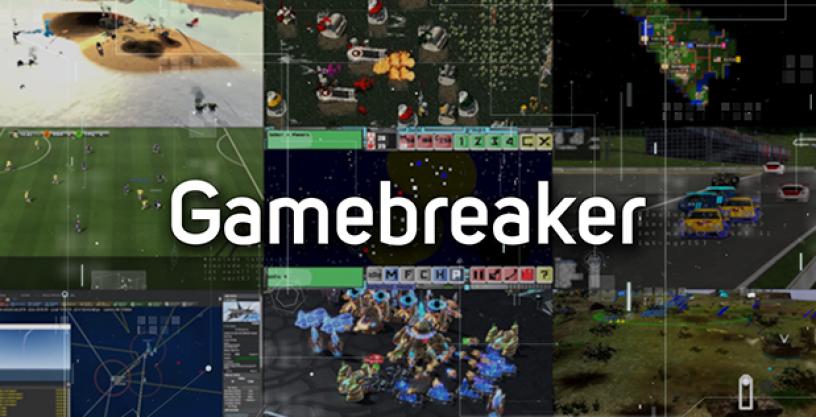
Summary
The Gamebreaker program seeks to develop and apply Artificial Intelligence (AI) to existing open-world video games to quantitatively assess game balance, identify parameters that significantly contribute to balance, and explore new capabilities, tactics, and rule modifications that are most destabilizing to the game.
For Gamebreaker, game balance is defined as an inherent property of the game that reflects the win/loss ratio of players of equal skill level based on strategies and tactics employed within the game. For example, in a balanced game, if the skill level of both players is equal, each player will win approximately 50 percent of the total games played. Similarly, if the skill level of both players is equal but one player wins disproportionately due to inherent advantages arising from a condition of the game construct, the game is unbalanced.
The commercial gaming industry has a long-standing interest in maintaining game balance since balanced games are more entertaining, and market pressures drive their development. Instead, the military has the opposite goal whereby strategists deliberately explore technologies that maximize imbalance.
While AI techniques have demonstrated the ability to master games of increasing complexity, there has been very little research in the application of AI to game modification itself. Complex, multi-domain modeling and simulation environments currently under development by several DARPA programs aim to create useful “Mosaic” models within which to experiment on new warfighting constructs using distributed, adaptive, all-domain force composition, tactics, and strategies – yet these models do not currently exist.
It is reasonable to assume, however, that once these simulation environments reach maturity, an “AlphaMosaic” equivalent will be capable of searching for optimal strategies and tactics in the same way AlphaGo and AlphaStar agents have already proven effective in exploiting their respective game environments. None of the existing efforts plan take into account modifications to the construct of the game itself and represents the fundamental motivation for the Gamebreaker program.
Gamebreaker performers will begin by first developing a methodology to empirically derive an accurate model for game balance using a variety of algorithmic approaches applied to several different games. Ideally these models will result in successful approaches to arrive at an effective game balance state equation which can then be used to assess and recommend modifications to the game that will result in an imbalanced condition.
In future conflicts, DoD investment is designed to maximize imbalance to create an advantage or to seek equilibrium when an adversary is seeking an advantage. New AI Algorithms inspired by Gamebreaker could help develop winning warfighting strategies when the adversary’s objectives – i.e. the “rules of the game” – are not clearly known. By exploiting game balance, Gamebreaker addresses an existing gap in AI and data analytics research as applied to current wargaming and simulation.
This program is now complete
This content is available for reference purposes. This page is no longer maintained.
Office
Strategic Technology OfficeThis program is now complete.
This content is available for reference purposes. This page is no longer maintained.
